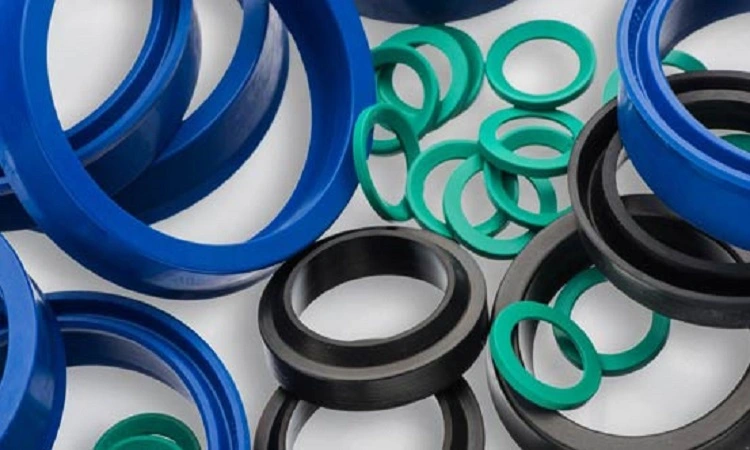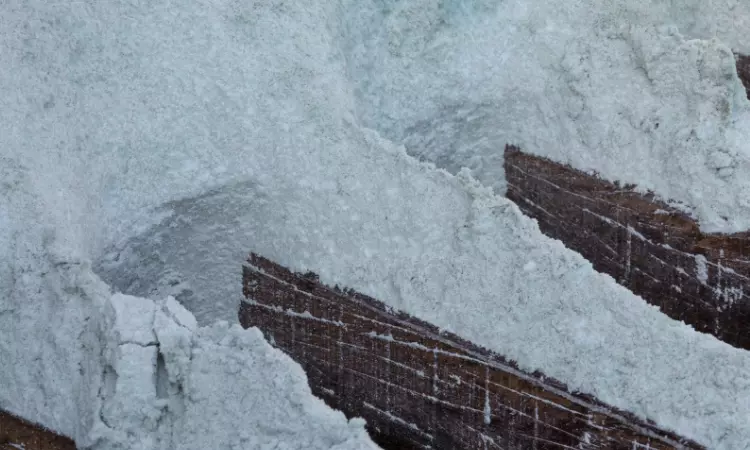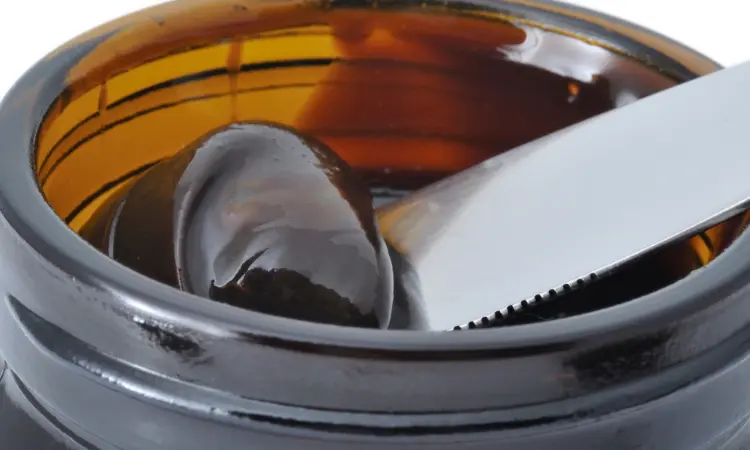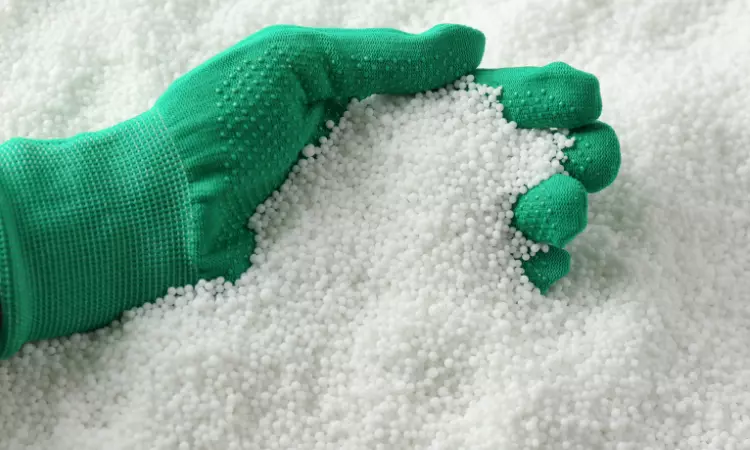Procurement Resource Analyses the Production Cost of Synthetic Rubber in its New Report
Analyses Overview of The New Production Cost Report of Synthetic Rubber
The new report by Procurement Resource, a global procurement research, and consulting firm, looks in-depth into the costs involved in the production of Synthetic Rubber. The comprehensive report analyses the production cost of the material, covering the raw material costs and co-product credit, equipment costs, land and site costs, labor wages, maintenance costs, financing charges, and depreciation costs. The extensive study describes the stepwise consumption of material and utilities along with a detailed process flow diagram. The report also assesses the latest developments within the industry that might influence Synthetic Rubber production cost, looking into the capacity expansions, plant turnarounds, mergers, acquisitions, and investments.
Product Definition:
Any man-made elastomer is known as synthetic rubber. They are polymers derived from petroleum waste. Tires, door and window profiles, seals such as O-rings and gaskets, hoses, belts, matting, and flooring are all examples of synthetic rubber’s uses in the automotive industry.
Factors Impacting the Synthetic Rubber Production Cost:
The use of synthetic rubber in the manufacture of low-cost building materials with diverse properties accounts for a substantial portion of total demand in the synthetic rubber industry. As a result, developing economies, which have witnessed a surge in infrastructure construction in recent years, have provided a significant boost. This explains why the Asia Pacific synthetic rubber industry is growing at such a rapid rate. However, because synthetic rubber is a crude oil derivative, its manufacturing costs are influenced by a variety of circumstances, resulting in fluctuating demand attitudes. Prices of synthetic rubber have risen dramatically in emerging nations in recent years, depressing the industry. Nonetheless, the utilization of environmentally friendly production methods will open up new opportunities for industry participants.
The synthetic rubber styrene butadiene rubber (SBR) controls the majority of the market’s income. It’s simple to work with and allows for heat ageing. SBR is also abrasion resistant. SBR is primarily used in the manufacture of automobile tires, where it is occasionally blended with natural rubber. It is also used in the manufacture of gaskets, floor tiles, hoses, adhesives, and conveyor belts. Adhesives, footwear, industrial items, asphalt overlay, and tires all use synthetic rubber. The tires category, which produces most of the market’s demand, is expected to continue its dominance in synthetic rubber demand in the future. Because standard synthetic rubber contains silica, which lessens roll resistance, players are also releasing eco-friendly alternatives.
Procurement Resource Assessment of Synthetic Rubber Production:
The production cost report by Procurement Resource assesses the production of Synthetic Rubber from Isoprene. A monomer such as isoprene is employed as a feed material in this procedure. Isoprene is polymerized with the help of a catalyst and steam to produce polymer chains, which eventually turn into a rubber material. These polymer chains are subsequently transformed into a more durable substance by vulcanization, resulting in synthetic rubber.
Also Read – Synthetic Rubber Production from Raw Sugar and Synthetic Rubber Production from Glucose
The economics of polyisoprene synthesis from glucose are also presented in this research. The technique entails fermenting 70 percent glucose-water syrup into isoprene, then converting isoprene to Polyisoprene via a solution polymerization phase.
In addition, the production of Polyisoprene synthesis from raw sugar are also presented in this research. The procedure includes sucrose hydrolysis, fermentation of the sugars obtained into isoprene, and a standard solution polymerization technique to convert isoprene to Polyisoprene.
About Us:
Procurement Resource ensures that our clients remain at the vanguard of their industries by providing actionable procurement intelligence with the help of our expert analysts, researchers, and domain experts. Our team of highly seasoned analysts undertake extensive research to provide our customers with the latest and up-to-date market reports, cost-models, price analysis, benchmarking, and category insights, which aid in simplifying the procurement process for our clientele. We work with a diverse range of procurement teams across industries to get real-time data and insights that can be effectively implemented by our customers. We also track the prices and production costs of an extensive range of goods and commodities, thus, providing you with the updated and reliable data. We, at Procurement Resource, with the help of the latest and cutting-edge techniques in the industry, help our clients understand the supply chain, procurement, and industry climate, so that they can form strategies which ensure their optimum growth.
Contact Us:
Company Name: Claight Corporation
Contact Person: Chris Smiths
Email: sales@procurementresource.com
Toll Free Number: USA & Canada: +1-415-325-5166 | Europe & Africa: +44-702-402-5790 | APAC: +91-8586081494
Address: 30 North Gould Street, Sheridan, WY 82801, USA
Blog – https://procurementresource.blogspot.com/
Website: https://www.procurementresource.com/



